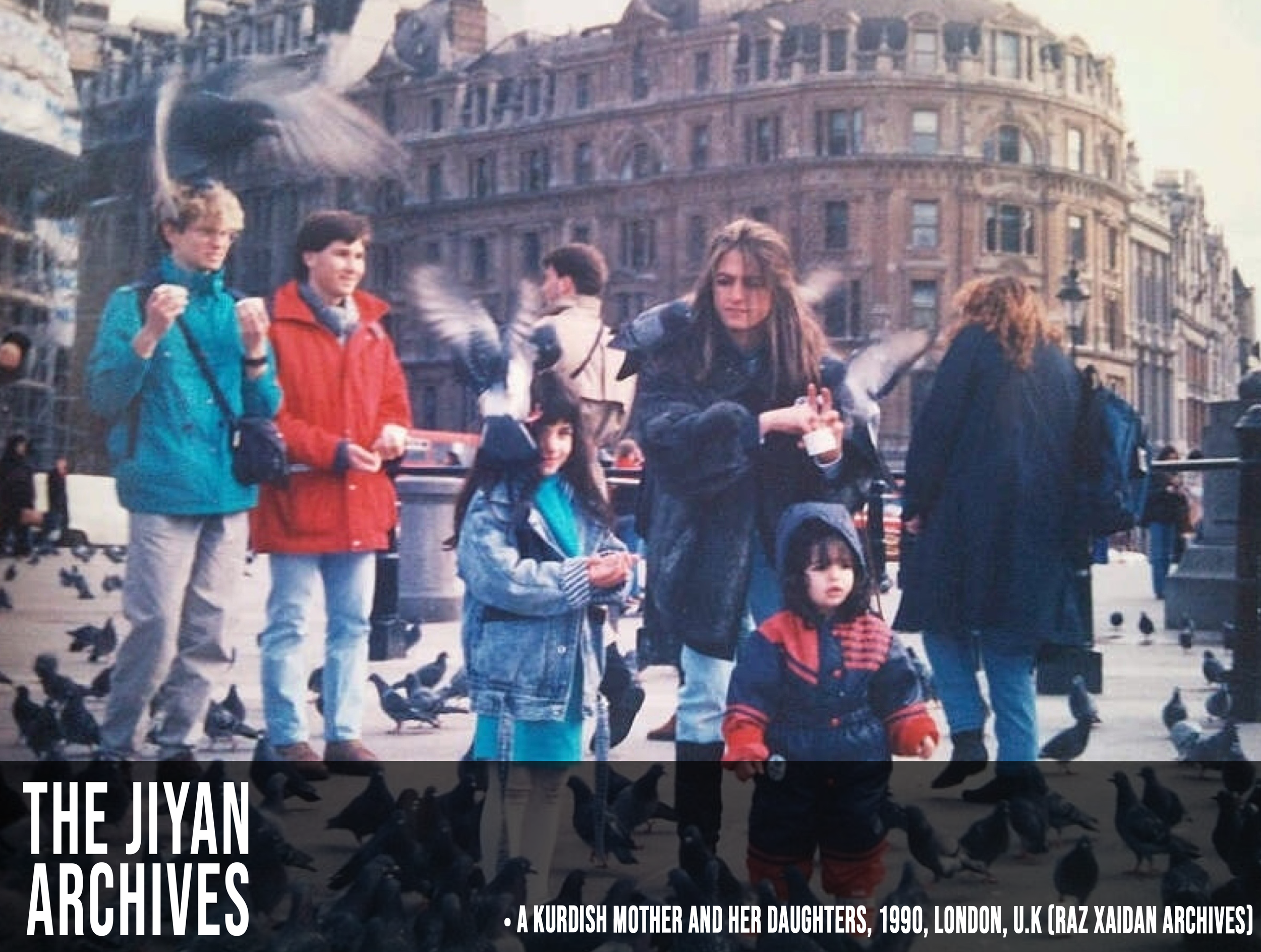
1990’s
A Brief Overview…
Saddam invaded Kuwait, the beginning of the second Gulf War. The US is calling upon the people of Iraq to rise and the Kurds and Shia’s followed. Tragically did the US not come through and Saddam brutally crushed the uprisings, especially that of the Shia population in the South, who unlike the Kurds, were not well organized in armed resistance. Despite the Kurdish Peshmerga heroically resisting the mighty Iraqi army, Saddam’s heavy response led to the largest Kurdish humanitarian mass exodus in its modern history. Over 2 million Kurds in Iraq were forced to flee towards the snowcapped mountains, still to vivid the memories of the Anfal and the demonic capabilities of the dictator in Baghdad. The UNHCR and US reported that up to a hundred refugees, children, women, and the elderly, were dying each day along the way. The images of the devastating humanitarian exodus and suffering was widely shared live on CNN and managed to influence public opinion in the US and Europe, pressuring their governments to intervene. And in fact, for the first time in world history the UN allowed a military humanitarian intervention leading to the Kurdish No-Fly Zone and the beginning of the autonomous region that still exist until today. In 1992, Kurds in Iraq held their first democratic parliamentary elections, with a huge voter turnout and the KDP only narrowly winning over the other main Kurdish party, PUK. Both parties agreed on a shared government, though political quarrels and fragmentation led to the end of it in 1994, what then turned to stain on the history of the Kurdish struggle: the beginning of a civil war that would last until 1998. The 1990s, can be defined as the 3rd big wave of significant numbers of Kurdish refugees to Europe and the US.


